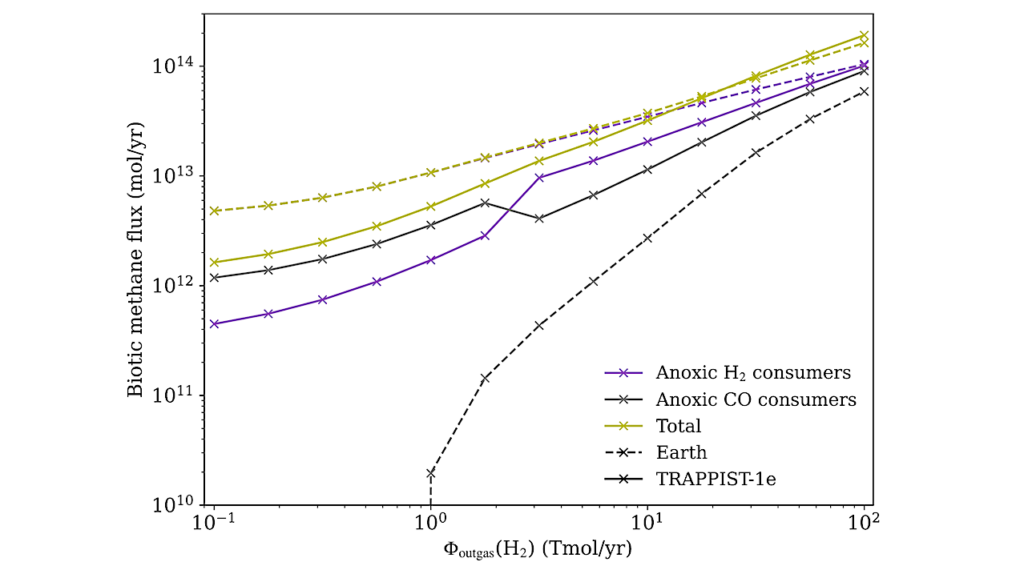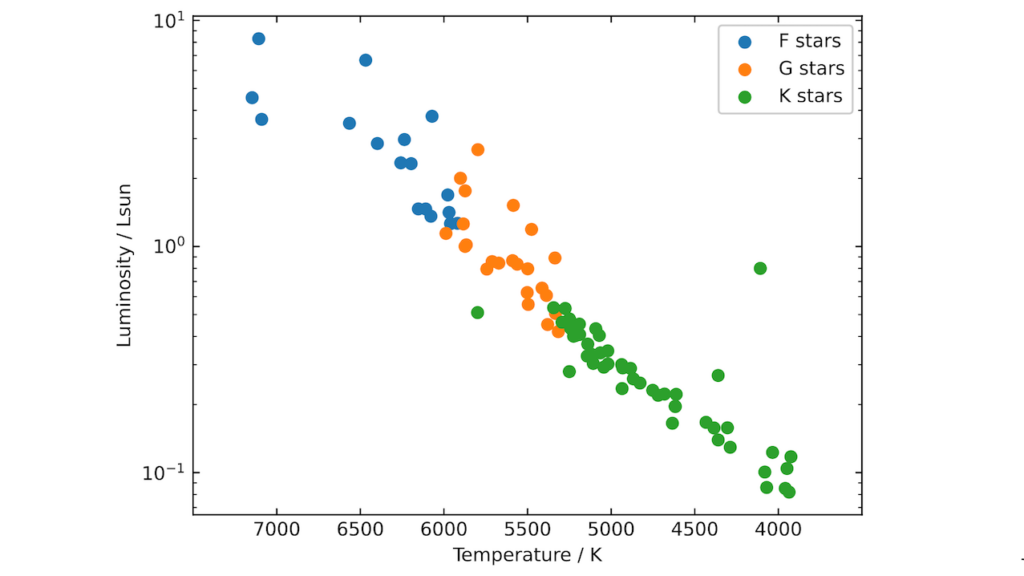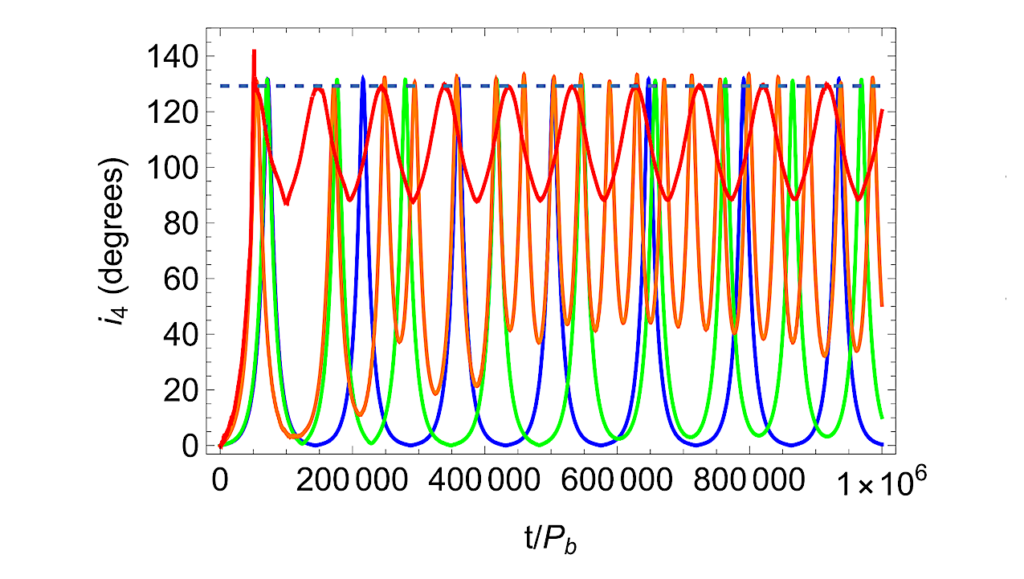Atmospheric Evolution on Low-Gravity Waterworlds

Low-gravity waterworlds (M≲0.1M⊕) are of interest for their potential habitability. The weakly bound atmospheres of such worlds have proportionally larger radiative surfaces and are more susceptible to escape.
We conduct a unified investigation into these phenomena, combining analytical energy balance and hydrodynamic escape with line-by-line radiative transfer calculations. Because outgoing radiation is forced to increase with surface temperature by the expansion of the radiative surface, we find that these worlds do not experience a runaway greenhouse.
Further we show that a long-lived liquid water habitable zone is possible for low-gravity waterworlds of sufficient mass. Its inner edge is set by the rate of atmospheric escape, because a short-lived atmosphere limits the time available for life to evolve. In describing the physics of the parameter space transition from “planet-like” to “comet-like”, our model produces a lower bound for habitability in terms of gravity. These results provide valuable insights in the ongoing hunt for habitable exoplanets and exomoons.
Constantin W. Arnscheidt, Robin D. Wordsworth, Feng Ding
(Submitted on 25 Jun 2019)
Comments: accepted for publication in ApJ
Subjects: Earth and Planetary Astrophysics (astro-ph.EP)
Cite as: arXiv:1906.10561 [astro-ph.EP] (or arXiv:1906.10561v1 [astro-ph.EP] for this version)
Submission history
From: Constantin Arnscheidt
[v1] Tue, 25 Jun 2019 14:25:09 UTC (1,617 KB)
https://arxiv.org/abs/1906.10561
Astrobiology








